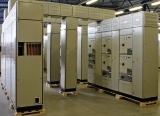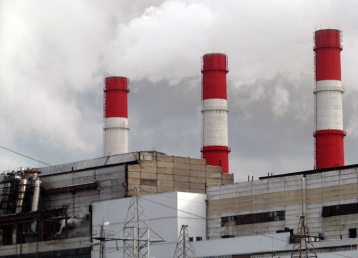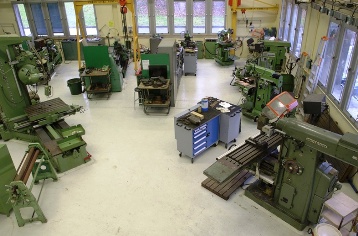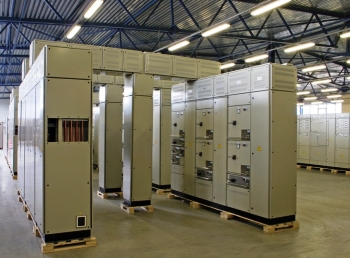Power supply devices in power supply systems
 Depending on the specific conditions, the following are used as energy sources:
Depending on the specific conditions, the following are used as energy sources:
-
power system;
-
own power plants operating in parallel with the power system;
-
power plants and generator sets that are not intended for parallel operation with the power system;
-
static sources (electrochemical, photoelectric, etc.).
Mainly local sources of electricity are used, which do not work in parallel with the electricity system:
-
as backup sources of energy in case of power failure from centralized sources, which include the above two primary power supplies;
-
as part of installations of guaranteed uninterrupted power supply;
-
when the enterprise is far from the power system, etc.
Due to the increase in industrial enterprises receivers of electrical energy with increased demands on power supply reliability, the need for local energy sources is currently increasing. In Russia, their share in electricity production in 1990is over 10%, and in some Western European countries it exceeds 20%.

The types of proprietary power plants are selected taking into account the required power, operating mode, starting speed requirements and other performance indicators based on technical and economic calculations.
So, for example, if the power of the power plant must be at least several megawatts during continuous operation as the main source of energy, then for reasons of reliability, durability and technical parameters, a steam turbine thermal power station is chosen. Rapidly increasing loads may require fast-starting steam turbines as well as diesel generators.
In industrial enterprises, there may be electrical receivers that do not allow even short interruptions in the power supply (they refer to a special group of electrical receivers of category I according to the required reliability of the power supply). Such electrical receivers are: computers, devices for automated information processing, devices for automated control of the technological process of production, etc.
Short-term power outages may occur when power is restored through automatic recloser (AR) and automatic transfer switch (ATS) devices. Therefore, highly reliable autonomous local sources are used for electricity consumers who do not allow power interruptions at all.

At low required capacities of electrical receivers, built-in sources in the form of galvanic cells or batteries of small size are used, at large capacities — installation of a guaranteed uninterrupted power supply.
With very strict requirements for the reliability of the power supply, parallel operation of two identical units is envisaged, each of which can cover the entire design load during the shutdown of the other.
The following are used as local sources of reactive power:
-
synchronous generators of thermal power plants and other regularly operating power plants and generating units;
-
synchronous motors with cosφ 0.9;

Power supplies for service electrical receivers are workshop transformer substations (TSC)… The number of transformers in the central heating station is chosen one or two and single-transformer substations are used in the following cases:
-
for electric consumers that allow power from one non-reduced source (III category of power supply reliability);
-
for electrical consumers of categories II and I in the presence of spare jumpers connecting this central heating station with one transformer to another or other central heating plants with secondary voltage central heating.
Two-transformer substations for central heating are used to supply electrical receivers of categories I or II, which are not connected to the secondary voltage with other substations. In order for both transformers to support each other reliably, they are fed from independent sources and the power of each transformer is chosen to be the same. They also use three transformer central heating stations instead of two twin transformers where this proves to be appropriate.
Principles of building power supply schemes for objects
- Maximum proximity of high voltage sources to consumers;
- Reduction of transformation steps;
- Increasing the voltage of power networks;
- Use of minimal electrical equipment;
- Separate operation of lines and transformers;
- Reserve power for certain categories of users;
- Separation of all power distribution connections using ATS devices with a predominance of category I and II consumers.
